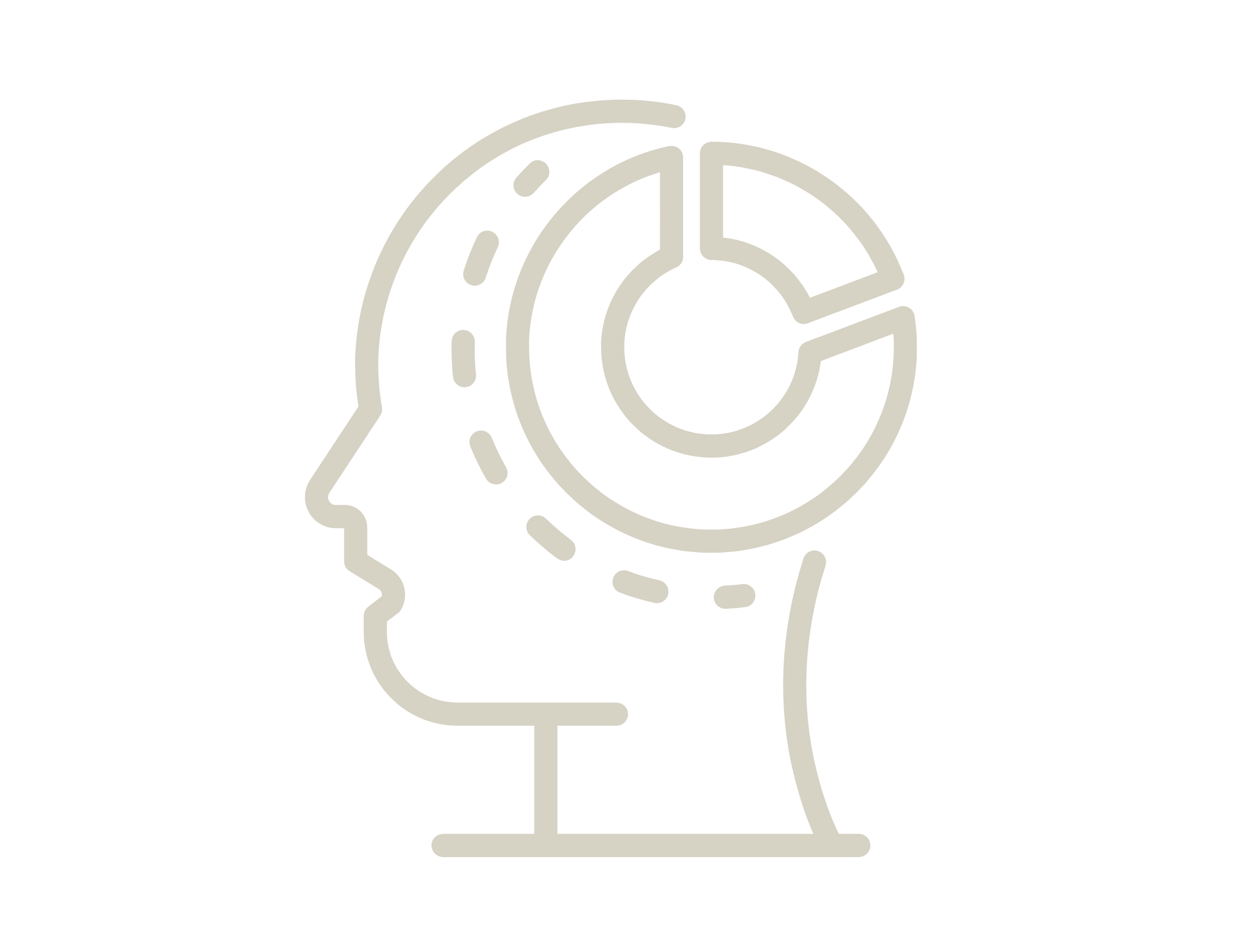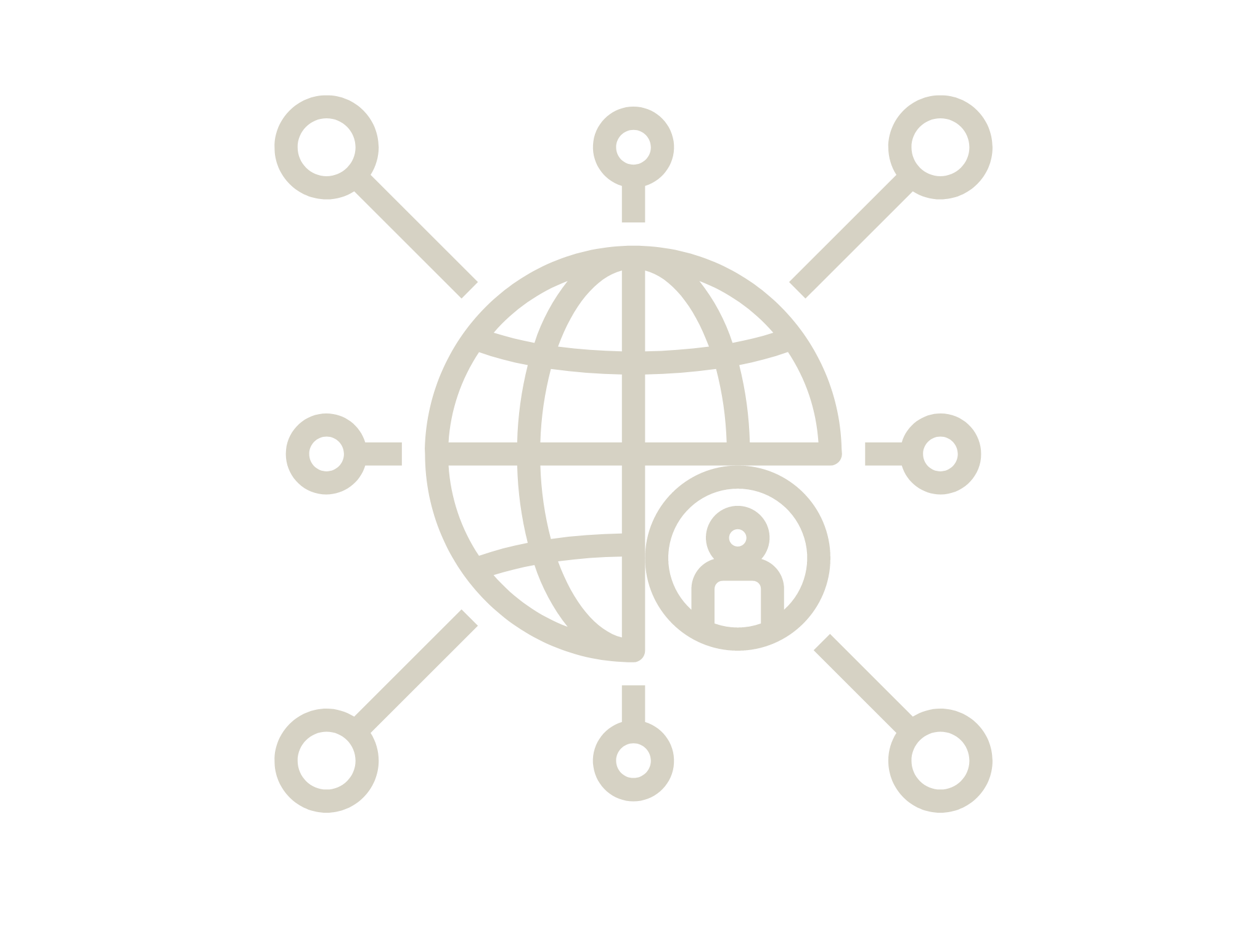
Our Research
In the Geometry of Space stream, students will begin to understand the large-scale structure of the universe through a study of the distribution of galaxies and clusters of galaxies using algorithms developed in computational geometry and applying techniques in data analytics. The galaxy data will be obtained from professional databases - SDSS, SIMBAD, NED, and GAIA.
We want to answer one seemingly simple question:
What does the universe look like on the large scale?

Our Strategy
Researchers interested in astronomy, computer science, physics, or mathematics will gain experience in data analysis and programming. Students will learn how to formulate research questions, collect data, and produce a paper to be published in an undergraduate research journal.
Specifically, Geometry of Space researchers will learn:
- basic astronomy
- programming in Python
- data analysis using toolkits in Python - Jupyter Notebook, NumPy, SciPy, MatPlotLib, Pandas, SQL

Our Impact
We use computational geometry to obtain the size and center of clusters of galaxies and data analytics to determine member galaxies and outliers. In addition, we compute the velocity dispersion of the clusters and their mass-to-light ratio. Specifically, one of the questions that we will try to answer is - are there interconnections between clusters and are the clusters themselves clustered to form superclusters? We will provide 3-dimensional maps of the distribution of galaxies.
This is observational cosmology that is direct and intuitive. The concepts in astronomy that we are dealing with are simple but deep. Stream researchers develop the necessary programming and data analysis skills. The results of this study will deepen our understanding of the large-scale structure of the universe and the geometry of space that we live in.
Our Team

Shyamal Mitra
- Professor of Instruction
- Computer Science
- Freshman Research Initiative
- College of Natural Sciences
Resources
Course Credit
Research Outcomes
- Henry A. Long et al. 2021 Res. Notes AAS 5218 The Study of Mass to Light Ratios in Clusters of Galaxies.
- Ghosh, R. et al. 2022 Res. Notes AAS 6 57 Approximating Stellar Metallicity Using Photometric Machine Learning.
- Jose Ordonez and Carolyn Stripling 2022 Res. Notes AAS 6 90 The Study of Quasar Clustering at Low Redshifts.
